Suck in, breathe out


“Suck in, breath out” is the title of the Berlin and Stavanger-based artist Sandra Vaka’s second solo exhibition at QB Gallery, following last year’s “Vårt Sug” in KUBEN.
In this exhibition, Vaka continues her exploration of the displacement of everyday objects through a series of sculptures, photograms, and photographs. Another term for displacement, and perhaps more fitting for these works that largely deal with the conversion of the material and formal qualities of everyday objects, is Transmutation. In nuclear chemistry, transmutation refers to the transformation of one element into another through fusion of fission. In other words, transmutation can be understood as the action and result of turning something into something else.
Similarly, there is something almost synthetic about the way everyday objects like straws, towels, and computer screens change their fundamental properties through Vaka’s artistic process. A collection of plastic straws photographed up close loses its ordinary function and transforms into explorations of spatiality, materiality, and densification. When this photograph is then re-photographed from a computer screen covered in water droplets, the uniqueness of the straws is further shifted. Through Vaka’s artistic process, three-dimensional plastic objects are transformed into sublime pixelated surfaces or monumental sculptures.
The transmutation of everyday objects continues in Vaka’s treatment of mass-produced terry towels that mock the alchemists’ futile attempts to turn base metals into gold. Equipped with electrolytic baths rather than mysticism, Vaka converts everyday textiles not only into gilded sculptures but also traces the movement of the transfer – the very act of wringing water out of a wet cloth transforms the flat textile into a cylindrical sculpture. Vaka doesn’t convert base metals but mass-produced consumables that, like base metals, may seem invisible in our daily lives. Plastic straws, recently designated as the scapegoat for the planet’s plastic problem, became more visible to us when they, along with disposable cutlery, were replaced by paper or bamboo in restaurants, cafeterias, and on chocolate milk cartons. Almost like a scientist in a laboratory, she reveals the formal and aesthetic qualities of these inconspicuous consumables by directing a microscopic camera towards them, gilding or magnifying them.
As inconspicuous as both plastic straws and terry towels can be, they nevertheless constitute an intimate part of everyday life. As a kind of interface or contact surface between everyday and, not least vital functions, plastic straws and towels are intimately connected to the human body. Humans inhale and exhale approximately 22,000 times a day. The frequency of drinking water may vary from person to person, but both actions are part of serial processes of inhalation and exhalation, consumption and elimination. These actions occur repeatedly in a series that accumulates until the end of life. Even if one does not always use a straw to ingest liquids, there is no doubt about the direct relationship between the function of the plastic object and the bodily function. Vaka almost touches this relationship in her transformation of colorful plastic straws into repetitive sequences in a series of photograms, which are chemical rather than digital. The material properties of the straws in the photograms appear almost eerie yet hyper-aestheticized, and the title of the work, Plastic Fantastic, reminds us of the material’s duality. However, it is perhaps the densification that occurs through techniques such as series, accumulation, pixilation, and magnification that most effectively repeats the duality of consumables. They are both perishable and constantly present through an eternal cycle of use and discard.
When an element becomes another, it is because it changes the number of protons in the nucleus; likewise, plastic straws, terry towels, and flowers in Vaka’s works are multiplied and enlarged through her transfer process. In this way, the artworks become almost mutations of the original objects. Simultaneously, through the hyper-aestheticization of consumables, these inconspicuous objects emerge from the chaos of consumer society. The duality of things becoming so redundant that we eventually do not notice them while still craving to consume more, cannot be more precisely pointed out than in the series Still Thirsty. The series consists of three sculptures of thermoformed acrylic glass mounted on mass-produced gravestones. As a monument to the unquenchable thirst for more consumption, to suck in as much as possible, the mutated straw rests in its own transience. To transmute is to turn something into something else. In other words, it is the very action or transfer movement and the effect of this on an object or element. Vaka’s works carry with them her transfer treatment as it is in the synthesis of her technical and chemical methods that the works appear. But there is also a larger collective action and result at play in the exhibition. All these consumable objects are traces of actions and treatments we either perform or are subjected to. “Suck In, Breath Out” reminds us that when you suck in, the subsequent exhale follows. The party may be over, but we are still thirsty.
- Malin Graesse, Ph.D.
Art and Design Historian
The text is originally written in Norwegian.





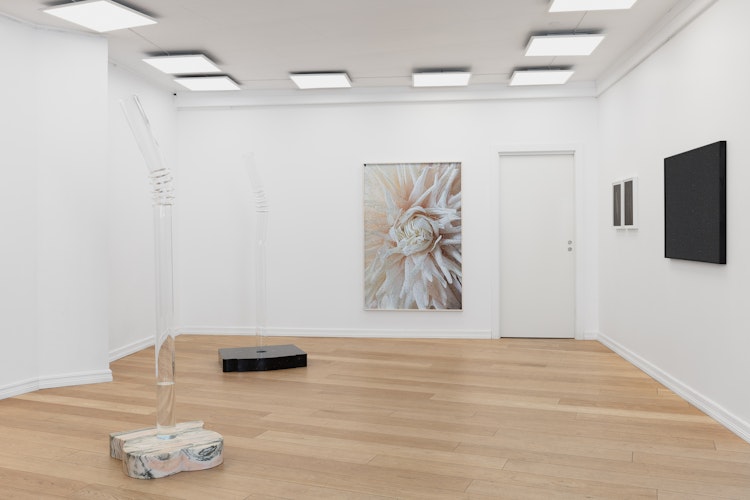
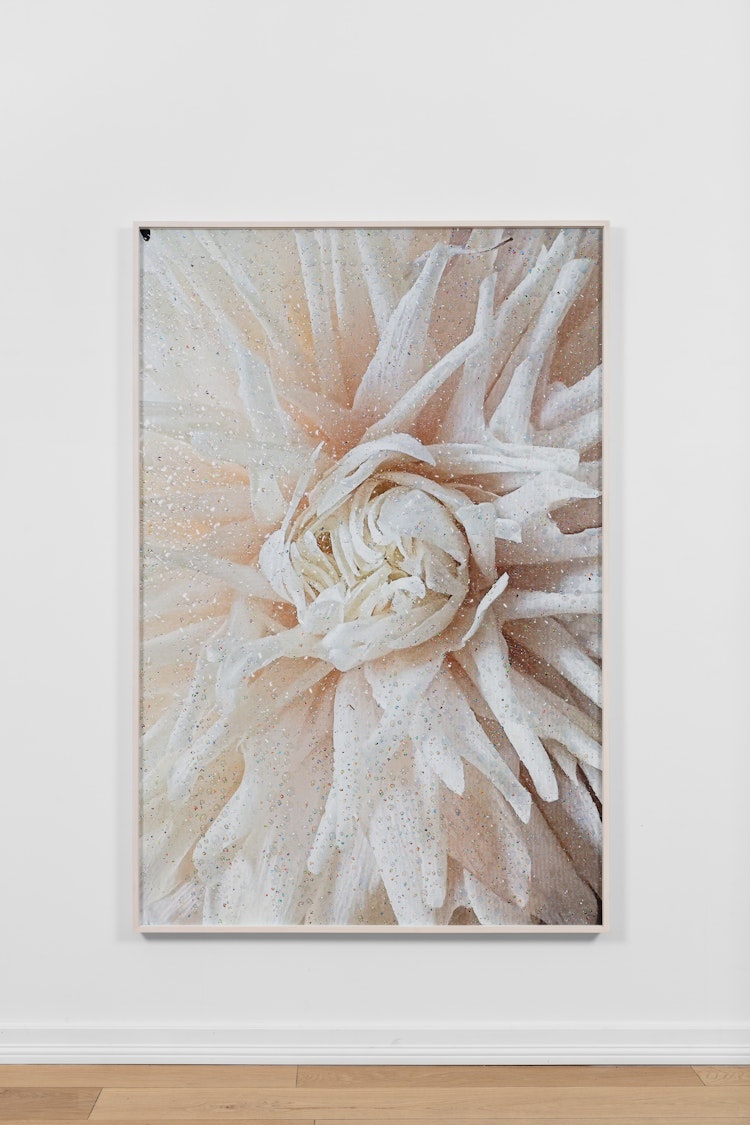

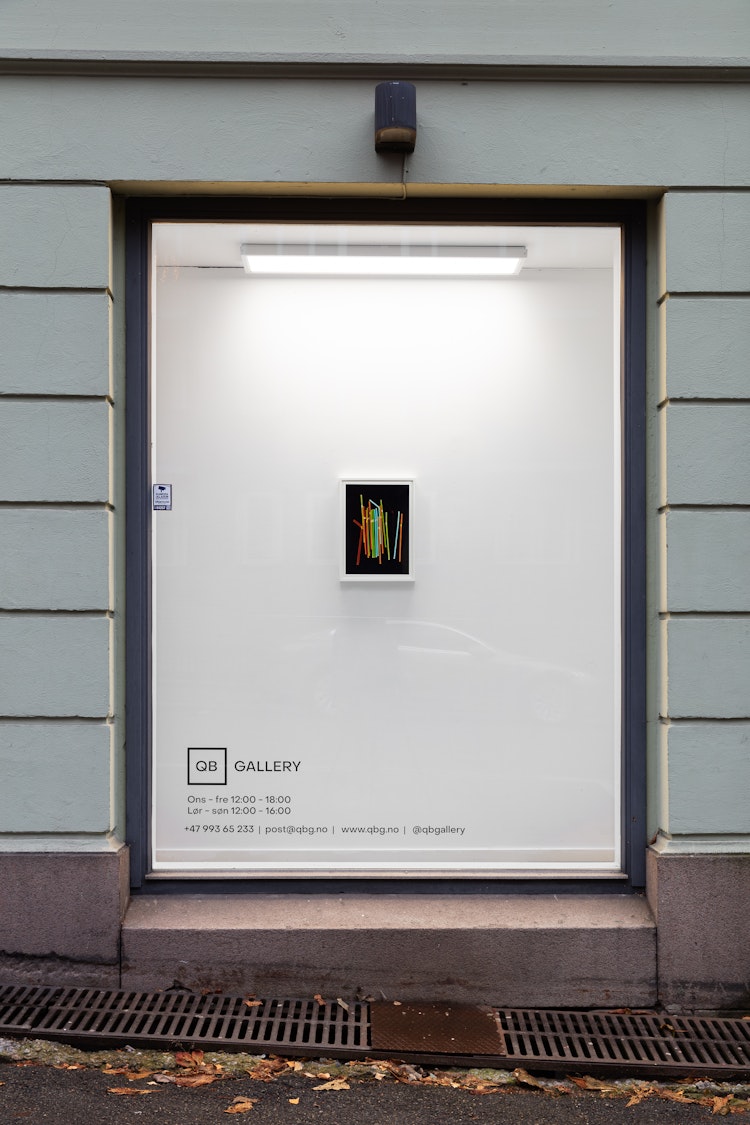
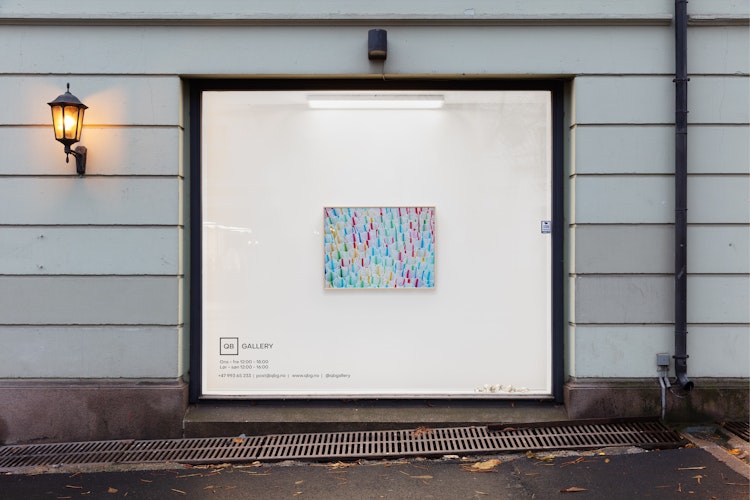
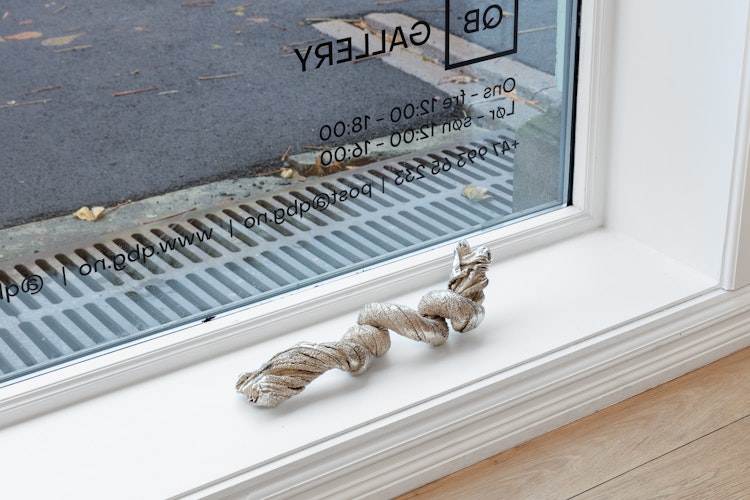












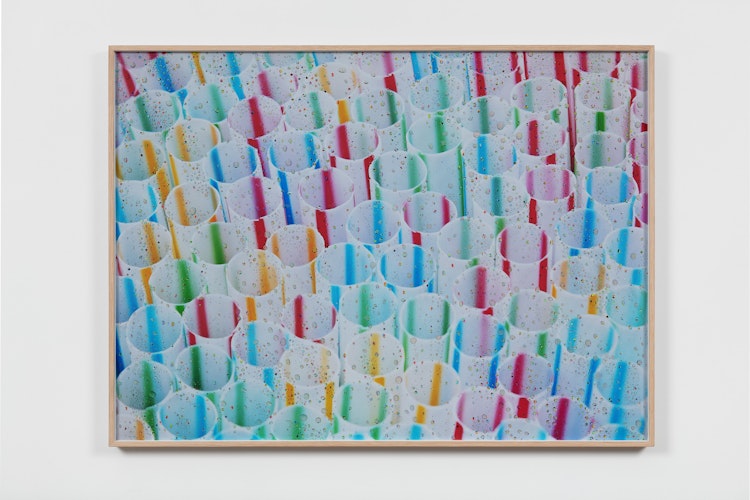
What are you looking for?